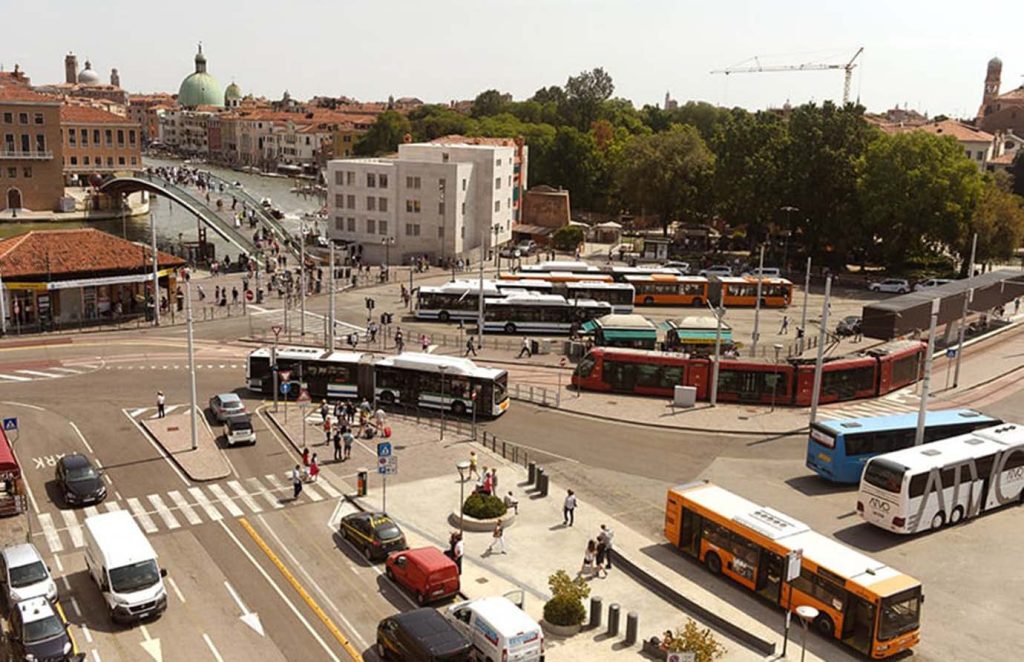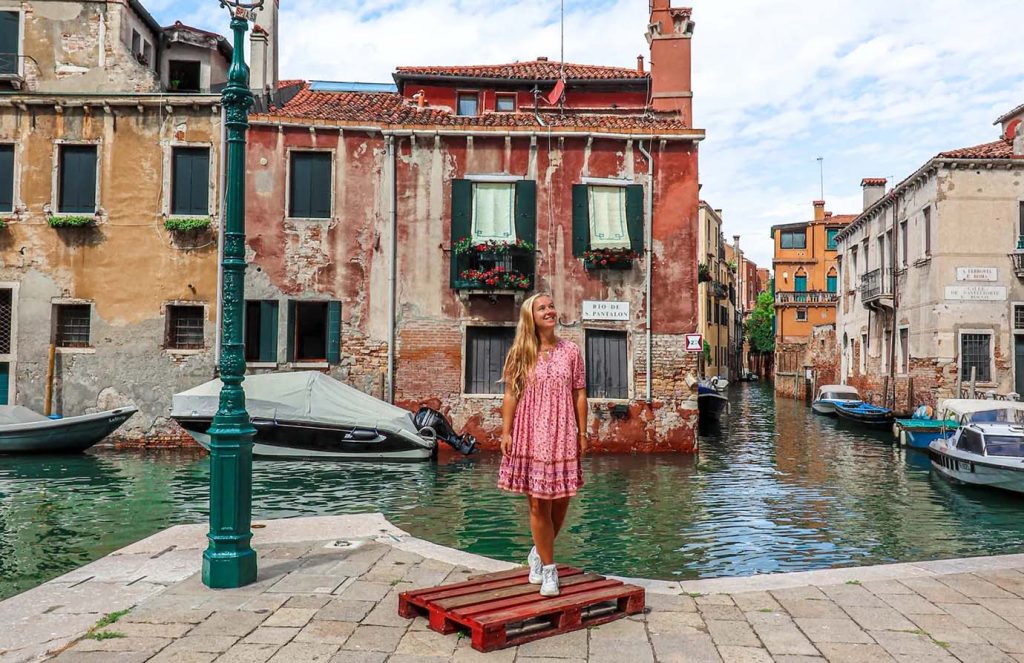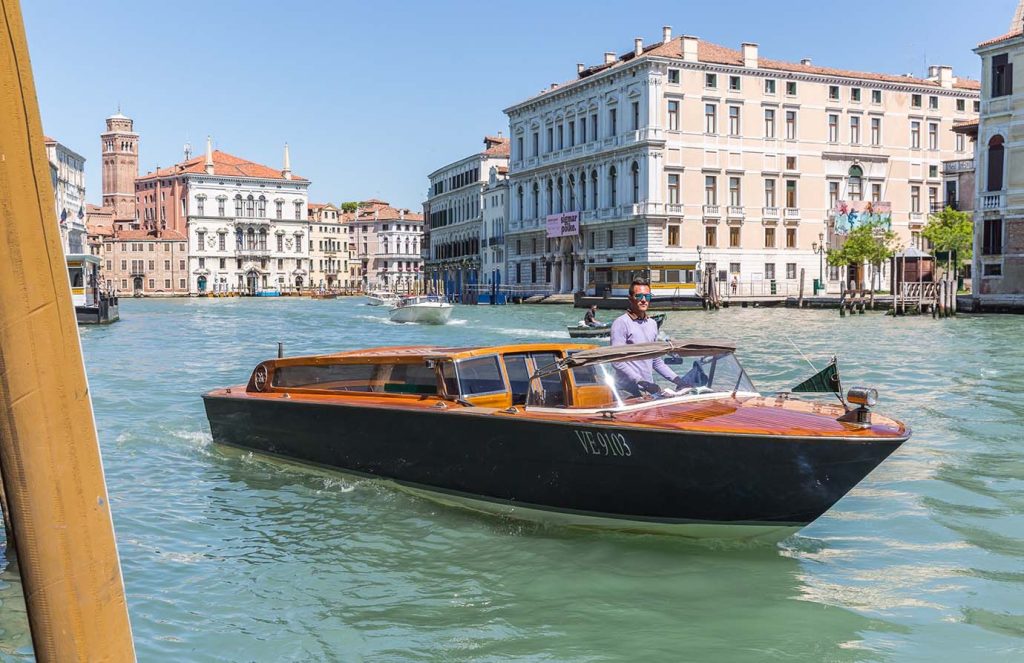Venice, a city of enchanting canals, timeless architecture, and narrow, winding streets, is often viewed as a place where the traditional car simply doesn’t fit in. As a seasoned traveler who’s recently explored this mesmerizing city, I’ve found myself contemplating the practicality of renting a car in Venice. Given the city’s unique layout and transportation dynamics, I’m here to share why renting a car might not be the best idea and provide detailed insights into the most effective ways to get around Venice.
Why Renting a Car in Venice Is Not Ideal
1. Venice’s Unique Layout: A Car-Free City
Venice is unlike any other city in the world. It’s built on a network of islands connected by a labyrinth of canals and pedestrian streets. The historical center is designed to be navigated by foot, boat, or bicycle, not by car. As a result, driving within the city itself is impossible. The absence of roads and the presence of narrow alleyways make it impractical to drive through Venice.
Geographical Challenges: Venice’s streets are too narrow for cars, and many areas are completely pedestrianized. The city’s transportation infrastructure revolves around its canals, and the only vehicles you’ll see are boats. This layout means that a car would be of little use once you arrive in the city, making parking and maneuvering a significant challenge.
Practical Considerations: Even if you manage to drive to Venice, you’ll need to park your car outside the city center. The main parking areas are at Piazzale Roma and Tronchetto, both of which are not within the historical center of Venice but rather on the mainland or nearby islands.
2. Limited Parking Options
Finding a parking spot in Venice is challenging and expensive. The city is designed to minimize car traffic, so parking is limited to the edges of the city.

Piazzale Roma: This is the closest parking area to the historic center of Venice. It is situated just across the Grand Canal from the main attractions. Parking here is quite costly, typically ranging from €20-30 per day, and it can become congested, particularly during peak tourist seasons. From Piazzale Roma, you will need to take a vaporetto or water taxi to reach your final destination within Venice.
Tronchetto: Located on an island near Venice, Tronchetto offers more parking space and often better rates compared to Piazzale Roma. However, it’s still a distance away from the city center, and you’ll need to use a People Mover (a monorail) to reach Piazzale Roma, followed by a vaporetto or water taxi to your destination.
Costs and Logistics: Expect to spend a significant amount on parking, and be prepared for the inconvenience of transferring your luggage and navigating through busy areas. The high cost of parking combined with the additional transportation needed to reach the historic center often makes renting a car less appealing.
3. Traffic and Navigation Issues
Even outside Venice’s historic center, driving can be problematic. The surrounding areas suffer from traffic congestion, narrow roads, and frequent roadworks, which can make driving stressful.
Traffic Congestion: The roads leading into Venice are often congested, especially during tourist seasons. Traffic jams can be frustrating and time-consuming, detracting from the overall enjoyment of your trip.
Navigation Challenges: The road network around Venice is complex, with numerous one-way streets and restricted zones. Navigating through this can be confusing, particularly for those unfamiliar with the area. The risk of getting lost or receiving traffic fines for violations is high.
Alternative Transportation Options
Given the challenges of renting a car in Venice, here are some alternative transportation methods that are both practical and enjoyable:
1. Walking: Discovering Venice on Foot
Venice’s charm is best experienced on foot. The city’s layout encourages exploration by walking, allowing you to immerse yourself in its unique ambiance. Wandering through the narrow streets, over picturesque bridges, and along the canals reveals hidden gems that you might miss when using other forms of transportation.

Benefits of Walking:
- Convenience: Venice’s compact size makes it easy to navigate on foot. Many of the city’s main attractions are within walking distance of each other.
- Experience: Walking allows you to experience the city’s atmosphere up close. You’ll encounter quaint shops, charming cafes, and beautiful architectural details that are often missed when traveling by other means.
Tips for Walking:
- Comfortable Footwear: Wear comfortable walking shoes, as you’ll be covering a lot of ground on uneven surfaces.
- Maps and Apps: Use a map or GPS-enabled app to help you navigate the city’s labyrinth of streets.
- Pace Yourself: Take your time to explore and enjoy the city’s many sights and sounds.
2. Vaporetto: The Water Bus
The vaporetto, Venice’s public water bus system, is an efficient and scenic way to travel between different parts of the city and its surrounding islands. It operates on a regular schedule and provides a unique perspective of the city from the water.
Benefits of Using the Vaporetto:
- Coverage: The vaporetto network covers a wide area, including the main islands and popular routes along the Grand Canal.
- Scenic Views: Traveling by vaporetto offers beautiful views of Venice’s landmarks and canals.
Tips for Using the Vaporetto:
- Venice Travel Card: Purchase a Venice Travel Card for unlimited rides on the vaporetto. This can be a cost-effective option if you plan to use the service frequently.
- Peak Times: Be aware that some lines can become crowded, especially during peak tourist seasons.
3. Water Taxi: Comfort and Convenience
Water taxis offer a more luxurious and direct transportation option. These private boats can take you to specific destinations within Venice or from the airport directly to your hotel.

Benefits of Water Taxis:
- Direct Service: Water taxis provide a direct and personalized transportation experience, which can be particularly useful if you have a lot of luggage or are traveling in a group.
- Comfort: Enjoy a more comfortable and private travel experience compared to the vaporetto.
Tips for Using a Water Taxi:
- Book in Advance: Reserve your water taxi in advance to ensure availability and avoid last-minute hassles.
- Confirm Pricing: Verify the cost before boarding, as rates can vary depending on the distance and time of day.
4. Bicycle: Exploring the Surroundings
While bicycles are not permitted within Venice’s historic center, they can be used to explore the mainland and nearby islands. Renting a bicycle can be a fun and active way to experience the beautiful Venetian countryside.
Benefits of Cycling:
- Scenic Routes: Enjoy the scenic beauty of the Venetian mainland and the nearby islands, such as Murano and Burano.
- Active Exploration: Cycling provides an active way to explore the surrounding areas and can be a refreshing change from walking.
Tips for Cycling:
- Rental Shops: Rent a bicycle from rental shops located on the mainland, such as in Mestre or Lido.
- Traffic Awareness: Be cautious of traffic and follow local cycling regulations.
- Explore Further: Use a bicycle to explore outside the city center and enjoy the fresh air and scenic landscapes.
Practical Tips for Travelers
To make the most of your trip to Venice, consider the following practical tips:
1. Plan Your Transportation
Before you arrive, research and plan your transportation options. Determine whether you’ll need to use public transportation, water taxis, or bicycles. Making arrangements in advance can help streamline your travel experience and reduce stress.
2. Pack Light
Given the logistical challenges of navigating Venice with a car, packing light is advisable. Opt for lightweight and easy-to-carry luggage to make transferring between transportation modes more manageable.
3. Embrace Local Transportation
Venice is designed around its unique transportation methods. Embrace the local experience by using the vaporetto, walking, or taking a water taxi. These modes of transportation will allow you to fully experience the charm and beauty of the city.
Renting a car in Venice is generally not recommended due to the city’s car-free layout, limited parking options, and navigation challenges. Instead, opt for walking, using the vaporetto, or taking a water taxi to get around. These transportation methods will provide a more authentic and enjoyable experience, allowing you to fully appreciate the beauty and uniqueness of Venice.



